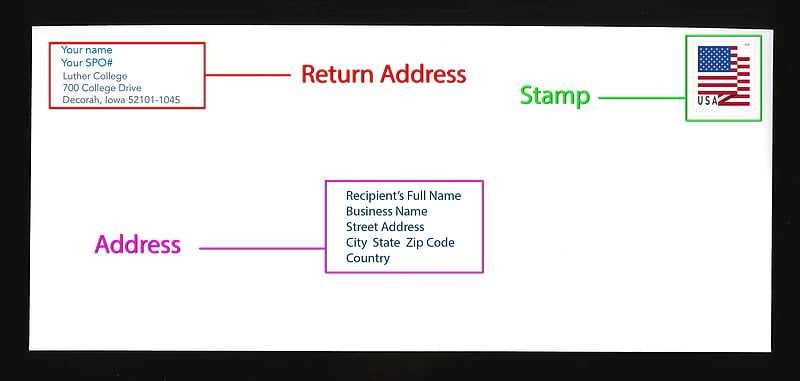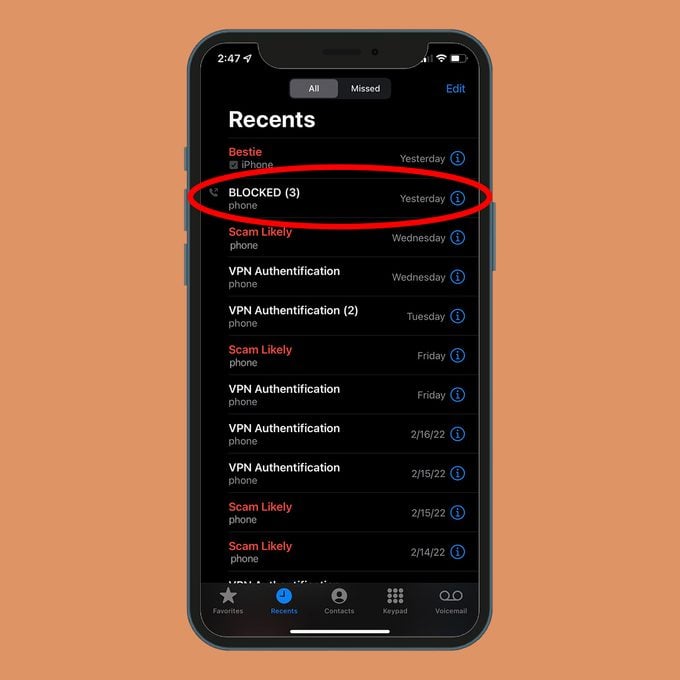How to address an envelope
Here are ways How to address an envelope. Everything you need to know about mailing letters and properly addressing envelopes.
Read more at x2coupons.com
How to address an envelope
Whether you are sending a letter or a thank-you note, you can usually rely on general advice for addressing your envelope. The easy procedures for addressing an envelope are as follows:

- Name and location: The upper left-hand corner should contain your name and address. Your entire name appears on the top line, followed by your street address or post office box number on the second line, then your city, state, and zip code on the third line. The name of the state may be written in full or condensed.
- Name and address of the recipient: These details are written in the middle of the envelope. The recipient’s full name appears on the first line, followed by their street address on the second, and their city, state, and zip code on the third. The name of the state may be written in full or condensed.
- The stamp: The stamp is placed on the upper right corner of an envelope for a typical 1-ounce letter or card. Ask the post office what kind and how many stamps you need to use on your mail if you have an irregularly shaped, heavy, or international letter.
- There are various appropriate ways to address letters to a married couple, but writing the first and last names of each person on a single line is acceptable (or first names alphabetically and then the last name if they share a surname).
- For families: You can use a shared surname, such as The Smith Family, to address mail that is being sent to the entire family that resides in a single home, such as an invitation. As a courtesy, if someone living in the home who is older than 18 is receiving an invitation, they should receive a separate invitation.
Tip: Although it’s not always necessary, you can include the recipient’s title to informal or non-business correspondence as an added mark of respect. Titles like Mr., Mrs., Ms., Miss, or Dr. are common. Mrs. Emma Smith would serve as an illustration of a title. It’s polite etiquette to spell out the word rather than shorten it when sending an invitation to a doctor.
Addressing Mail to Overseas Military Installations

Use the same basic advice provided above when sending a letter to a service member stationed abroad with the following additions to the recipient’s name and address:
- On the first line, include the recipient’s rank and full name.
- The second line should contain the squadron or unit number.
- There are three components to the third line: In the first section, the person’s station is indicated by a designation, such as APO (Air/Army Post Office), FPO (Fleet Post Office), or DPO (Diplomatic Post Office),
- The name or abbreviation of the nation where the duty station is located, such as AA (Armed Forces America), AE (Armed Forces Europe), or AP, is included in capital letters in the second portion of the third line (Armed Forces Pacific).
- The complete postal zip code, which may or may not include four additional numbers, is included in the third section of the third line.
Mailing to Other Countries

For European or other international addresses, the general guidelines are similar:
- On the upper left corner of the envelope, write your name and address. Below your return address, write “U.S.A.” On international mail, a full name and return address are required.
- Add the recipient’s name and title to the first line in the center of the envelope.
- Include the recipient’s street address on the second line.
- Include the recipient’s city, province, and state together with the postal code on the third line. (Some nations, like Spain, demand that the postal code come first.)
- The recipient’s country’s name is written in English and all caps on the final line.
Addressing Mail to PO Boxes
If you’re paying a bill or paper-filing your taxes, you might need to address the envelope to a post office (PO) box. Numerous businesses issue paper invoices with their PO box address printed on the section that must be removed and returned to the business along with your payment. If you don’t have the return envelope that is frequently provided, you can duplicate the address onto your own envelope. The standard guidelines for addressing an envelope to a PO box are as follows:
- In the upper left corner of the envelope, write your name and address.
- On the first address line in the middle of the envelope, write the recipient’s full name and a title (if one is provided). A name for a PO box is not always readily available.
- Place the firm or organization name immediately after the recipient’s name.
- If a department is available, list it after the firm name.
- The PO box number, which should include several digits, is now entered. Punctuation should be avoided since the USPS (United States Postal Service) dislikes scanning extra markings.City, state, and zip code should be on the last line of the address because street addresses for PO boxes are uncommon.
- The envelope’s upper right corner should bear the stamp.
Tips
- Federal taxes: It is preferable to visit the IRS website to learn how to properly address an envelope for mailing taxes to the Internal Revenue Service. This is due to the fact that depending on the state in which you reside, the PO box addresses for federal returns might vary and occasionally change. Here is an example of a federal IRS website address:
- PO Box 931000, Internal Revenue Service, Louisville, KY 40293-1000
- State taxes: Avoid sending the IRS both your federal and state tax returns at once. Your state’s tax department must receive your state taxes. Each state’s tax agency has a distinct address.
















